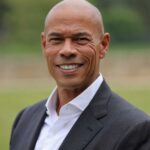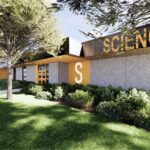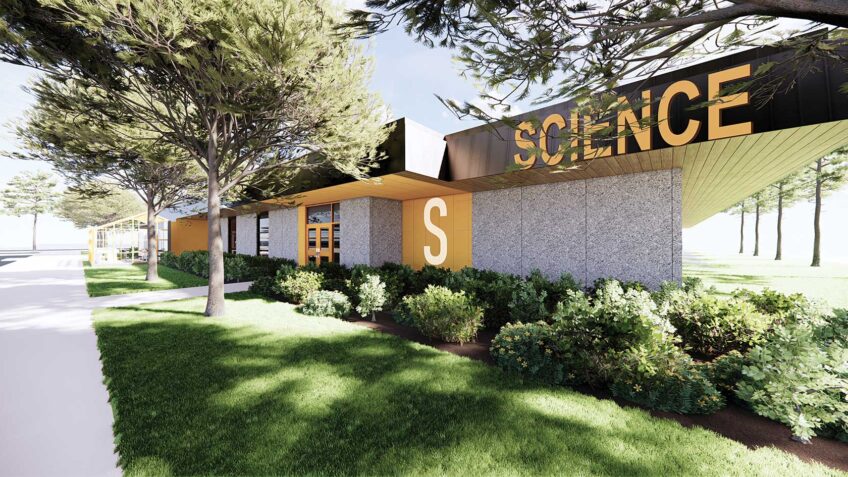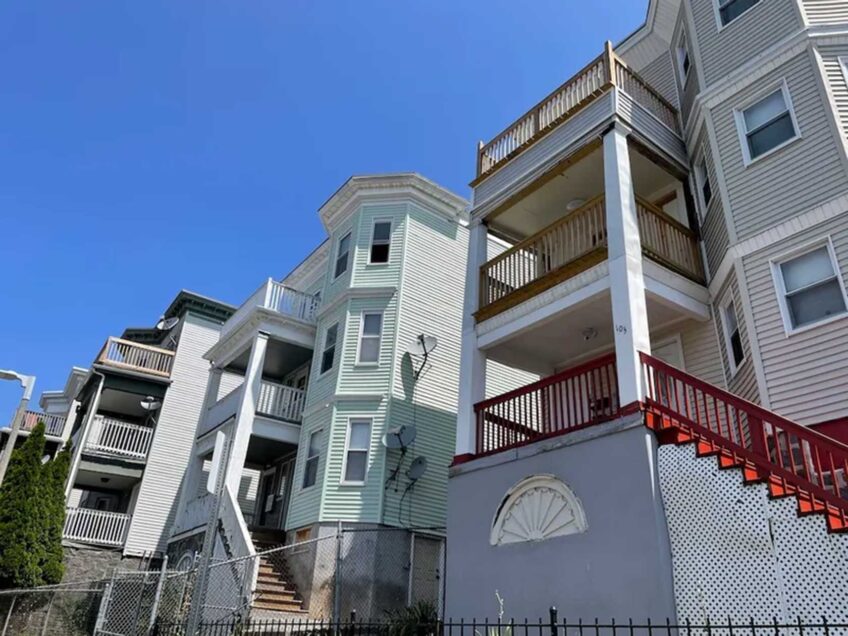Boston Public Schools envisions future of education and school facilities
Calls for building repairs, flexible-use space, cross-topic experiential learning, group work
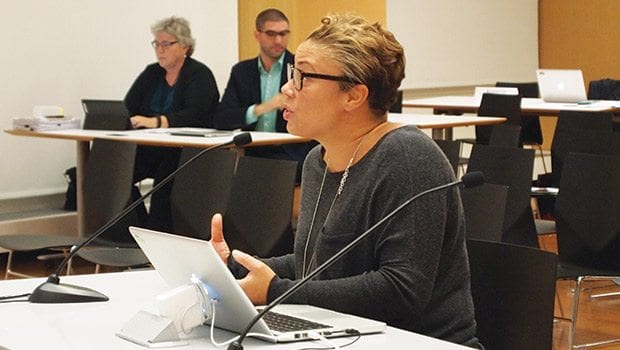
School Committee officials have put the spotlight on current and future conditions of Boston Public Schools facilities. At last week’s meeting, BPS officials presented survey findings in which many respondents reported a desire for renovations, more spaces for special education students’ needs and bathroom improvements. Casting an eye to the future, Superintendent Tommy Chang presented a vision of a fluid educational system in which learning is less tied to specific classrooms and buildings and features designs that engender team collaboration.
On the web
Educational vision draft report: http://bit.ly/2dIBOTY
Community engagement draft report: http://bit.ly/2dSosAb
Executive summary: http://bit.ly/2e2RLnv
The presentations also provided an unintentional spot-check on BPS’s abilities to reach and involve stakeholders; many School Committee members critiqued BPS’ Community Engagement survey on current facilities because it brought in a small number of responses compared to the wider school population and because respondents were disproportionately English-speaking white parents.
Educational vision
Superintendent Chang and other BPS representatives outlined a reimagining of the future of education. While realizing the vision may be a long time off, officials said the new model affects how space would be used in schools, thus impacting BPS’ facilities master plan.
Chang said in the future, education will move away from the traditional model of teaching in subject-restricted classrooms.
“We can’t have students go from a math class to a science class, then music class,” Chang said. “All that can be interfused together. It’s a bold vision — a blue-sky work — but sets a vision for how we need to start thinking about facilities in BPS.”
He and Makeeba McCreary, BPS chief of staff, called for providing flexible school spaces that promote collaboration across subject disciplines, encourage both small- and large-group work and allow for project- and performance-based learning. That approach also presumes a learning model that facilitates partnerships between different schools and actors throughout the city.
“The entire city needs to be a place of learning. Learning occurs everywhere, not just at school,” Chang said.
There is potential for some schools to specialize and for children to move between them to access what programs and resources they need in each one, Chang said, although he did not address what implications this would have for transportation.
Officials said they want to ensure children graduate career-ready, while acknowledging that students may find themselves working in very different jobs than exist today. As such, the plan report calls for making spaces flexible and able to serve multiple purposes. McCreary said that many students may enter the growing service industry or be self-employed, working gigs rather than engaging in traditional formal employment at an institution. Social skills and business understanding will be important for such work.
While some School Committee members praised the vision, including the focus on life skills, several called for it to include more student preparation to become part of a global community. This can mean emphasizing cultural proficiency and competency, said Alexandra Oliver-Davila, and requiring students learn a second language, suggested Miren Uriarte.
“The way we think about jobs now is that there’re jobs in Boston,” Uriarte said. “No — kids are going to be moving around the world in 30 years,”
School Committee Vice-chair Hardin Coleman said that achieving some of the education model’s goals does not require innovation as much as reviving past initiatives. For instance, he said that BPS has demonstrated strong learning through play in pre-K and project-based learning, but that some of those practices fall to the side to make time for test preparation.
“We do learning through play in pre-K really well,” Coleman said. “We just don’t allow them to do it anymore because we make them prepare for the MCAS.”
School facilities
Drawing from survey results, BPS’s community engagement team reported that while many respondents felt positively about academic and non-academic programs at schools, they reported need for renovations and repairs, desire for more modern security features and instructional technology, insufficient quiet spaces for students with disabilities and the fact that some buildings lack resources such as libraries, gyms, science labs, art rooms, computer labs, music rooms, outdoor classrooms and auditoriums.
Sixty percent of respondents rated the overall conditions of their schools as “fair” or “poor,” with 74 percent equally critical of the bathrooms.
Several School Committee members noted that unclean and undersupplied bathrooms are a well-known complaint and expressed frustration that the problem persists. But changes are, at last, coming, officials said.
Traditionally, custodians wait until the end of school to clean — which can mean dirt and smells build up during the morning and afternoon through use by hundreds of students. New plans call for bathrooms to be shut down during a half-hour period each day to allow midday cleaning.
Up next
What: BuildBPS Open House
Where: Bolling Building, 2300 Washington St, Roxbury
When: Saturday Oct. 29 and Sunday Oct. 30, 9a.m. to 5p.m.
RSVP: http://bit.ly/2dhMcPj
Limited outreach
School Committee members were emphatic in highlighting what they consider a weakness of the community engagement survey: It failed to engage enough of the community. Officials sought community feedback on the BuildBPS plan in order to provide participants a sense of personal stake in the efforts and to check that the plan acknowledges priorities and concerns, the Community Engagement report stated.
However, despite outreach efforts — which included engaging parent organizations to help spread the word and online and in-person survey distribution— only 952 parents, staff, students and teachers responded, in a district that served more than 56,000 students this past school year.
“We can’t possibly make a decision when have only 952 respondents,” Oliver-Davila said. “It is not statistically significant.”
Many responders to the 21-question survey were primarily parents — 45 percent — and white — also 45 percent. Seventy-seven percent of respondents were parents of students in general education (as opposed to English language learners or special education) or the students themselves. Although the survey was available in nine languages, 90 percent of surveys were answered in English, compared to a population in which only 55 percent list English as a first language, according to the report. Members of 119 out of 126 schools answered the survey.
Hardin Coleman also said a broad survey is unlikely to get reflective results and advised selecting random samples from each demographic group in order to improve this.
Chairman Michael O’Neill said that while 2,500 to 3,000 respondents is a more viable amount, the information collected thus far may serve to be directionally indicative.
O’Neill requested the online survey be reopened and Oliver-Davila advised outreach efforts that include sending surveys home with students.
Other engagement efforts had included pop-up “Kitchen Table” talks in community areas, e-newsletters, provision of digital and social media engagement tools and one forum that drew about 100 participants.

